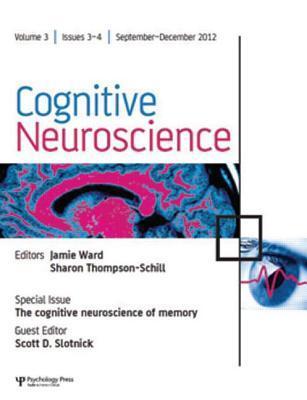What do you think?
Rate this book


126 pages, Paperback
First published October 15, 2012
Memory
Explicit Memory
Long-term Memory
Episodic Memory
Context Memory
"Remembering"
Recollection
Semantic Memory
Item Memory
Working Memory
Implicit Memory
Skills
Repetition Priming